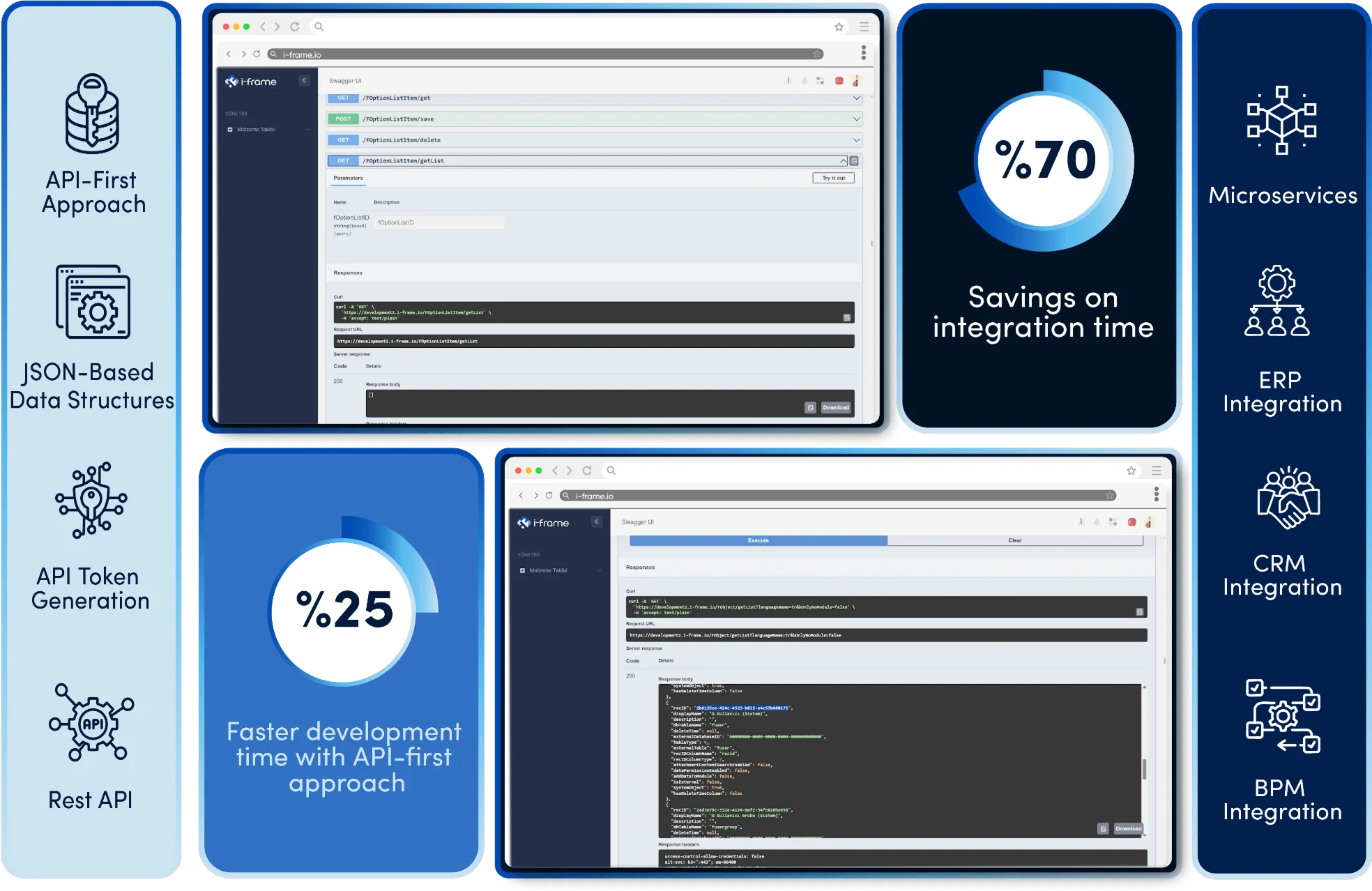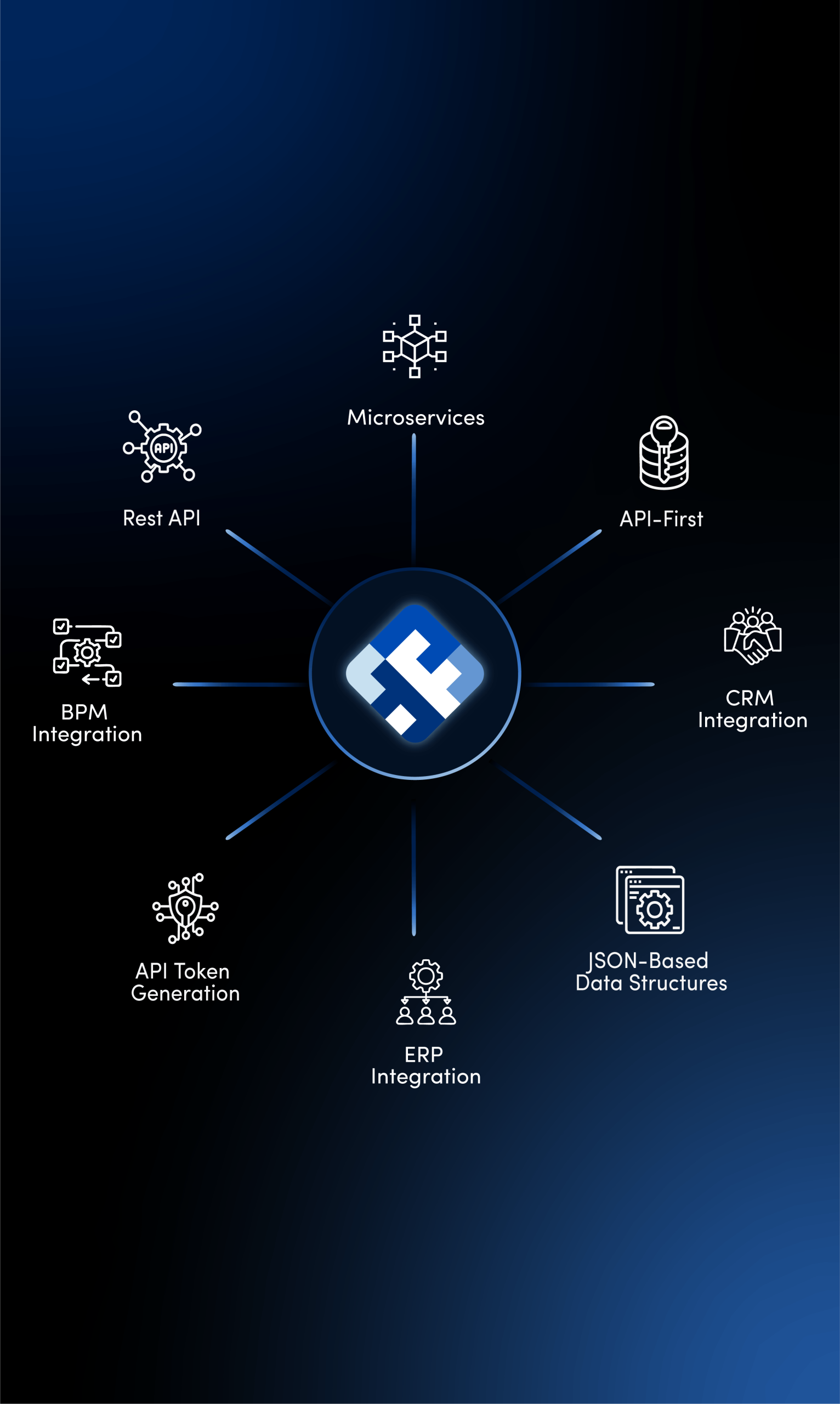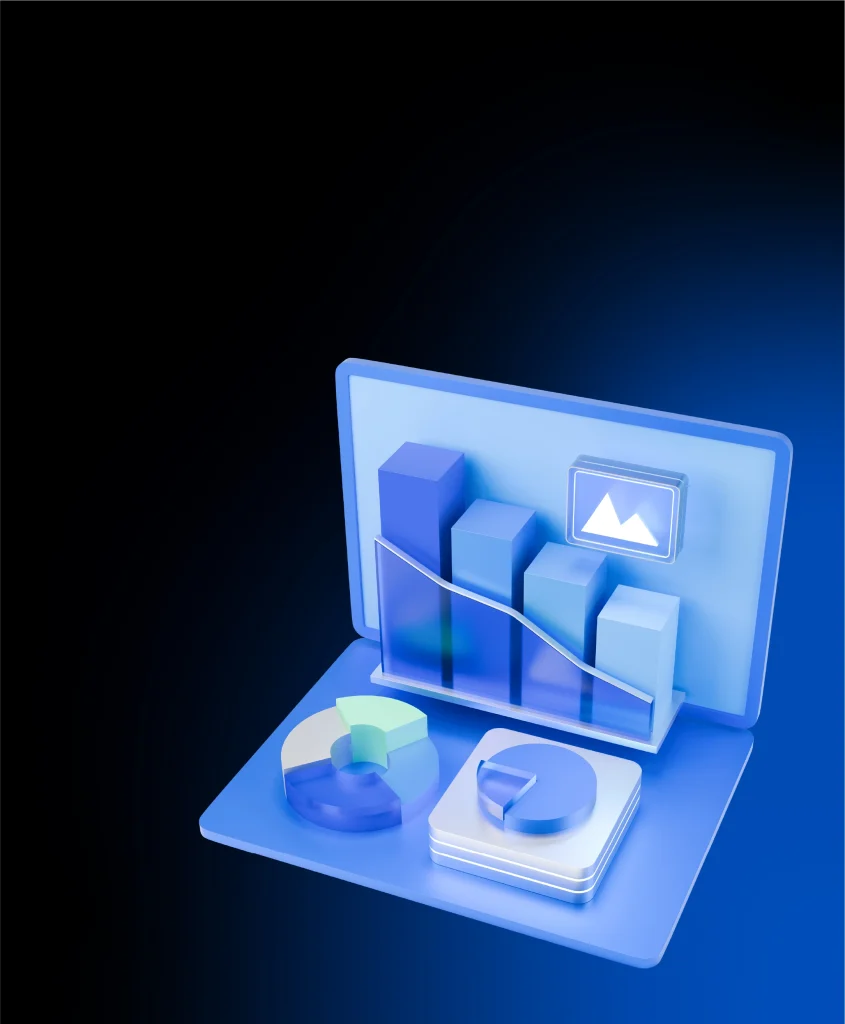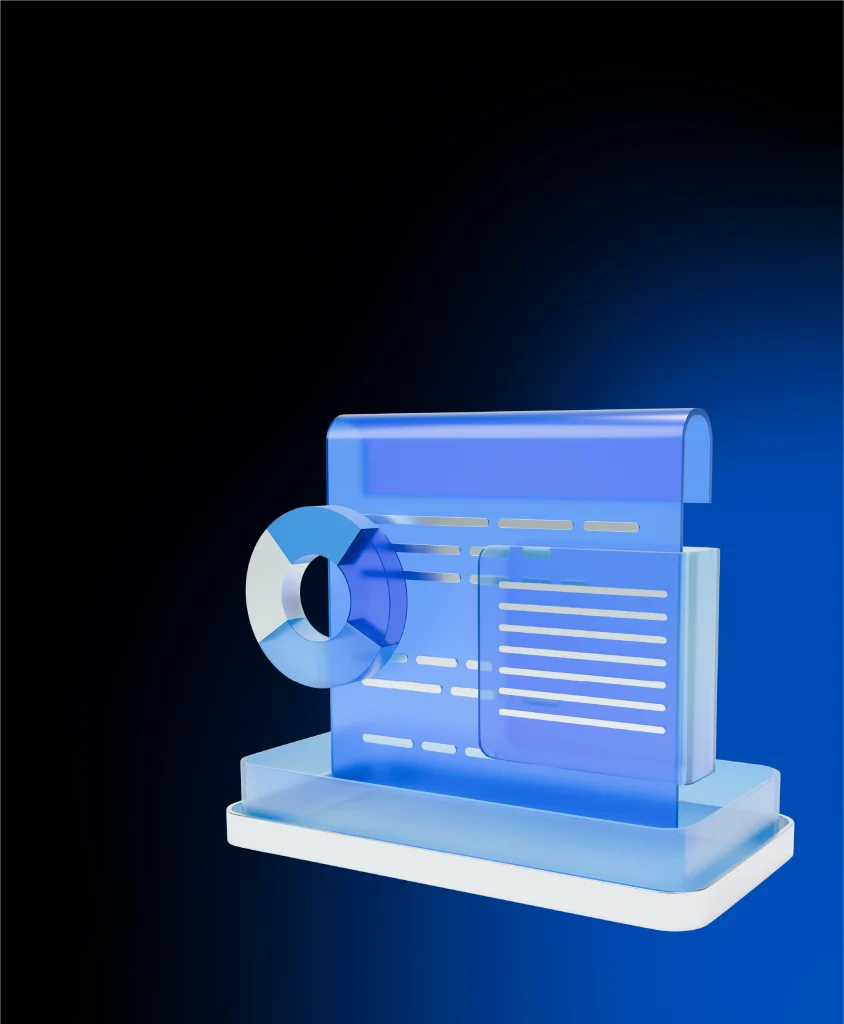i-frame: Secure, Fast and Standard API Based Communication
API (Application Programming Interface) is a set of defined rules that allow software systems to talk to each other. It allows an application to interact with another system or data source in a secure and standardized way.

The Difference Between Traditional Methods and i-frame
In the Traditional Approach, API integrations are often defined manually; lack of documentation, incorrect data formats and security vulnerabilities are common problems. A custom integration setup is required for each system, resulting in high cost and technical complexity.
How i-frame Transforms This Process?
i-frame places a REST API-first approach at the center of its platform architecture. All functionality – including form management, process triggering, data transfer and reporting – is accessible via REST APIs. Thus:
- Open, controlled and secure communication can be established with every system.
- JSON-based data structures provide standardized and easy-to-process data exchange.
- With Swagger documentation, developers have instant access to accurate, understandable and testable API references.
- API token generation is managed securely and flexibly through the platform.
- This architecture offers freedom to developers, security and sustainability to organizations.
Empowering businesses with API solutions
Ease of Use and Integration Capability
| Feature | Traditional Methods | i-frame |
|---|---|---|
| API Documentation | PDF or manual | Swagger-based interactive documentation |
| Authentication | Generally custom-built | Token-based secure authentication system |
| API Generation | Manual coding for each service | Automatic access through the platform |
| Data Format | Variable and uncontrolled | Standardized with JSON |
| Integration | Lengthy analysis and testing processes | Instant testing, fast integration |
Key Features
Full Access with REST API
All platform functions are accessible via REST APIs. Provides an open and modular architecture for developers.
Token-Based Security Architecture
User and service based authorization is available. Every access can be monitored and secure connections are provided.
Swagger Supported API Documentation
Live testing for developers. Integrated documentation makes APIs easy to learn and implement.
Multiple System Integration
Direct connection can be established with systems such as ERP, DMS, BPM and GIS. Accelerates internal and external integration processes.
Event-Based Data Access
Platform içindeki tüm nesne ve işlemler API ile ilişkilendirilebilir. Böylece veriye olay bazında erişim ve tetikleme imkanı sunulur.


Where is i-frame used?
- Data exchange with ERP, CRM, BPM systems
- Microservice based enterprise software development
- Receive/send information from external systems (e.g. e-government services, external data providers)
- Providing services to mobile and web applications
- Data synchronization between other i-frame based solutions

Who is using it?
- Software developers and system integrators: Those who want to build modular and sustainable applications with API-first architecture
- Enterprise IT teams: Technical experts who need secure, documented and versionable API sets
- Solution partners and OEM companies: Those who want to build their own applications on i-frame and integrate them with external systems
- Software companies: Those who want to develop modular products with API-first architecture
- Sistem entegratörleri: Çoklu veri kaynağını tek bir çatı altında birleştirmek isteyenler

Advantages of Using i-frame
- Reduces integration times by up to 70%
- Transparent, standardized and sustainable API infrastructure for developers
- Fast integration, low dependency, high flexibility
- Advanced cross-system data synchronization
- Control and traceability through secure and centralized API access
- API-first structure that can be easily integrated into enterprise system architecture

